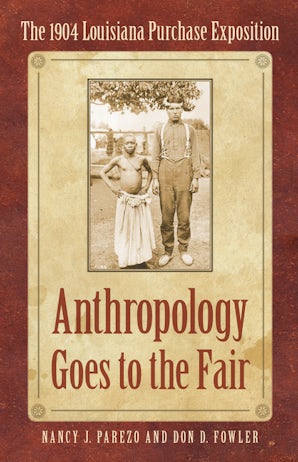
Critical Studies in the History of Anthropology Series
552 pages
48 photographs, 2 maps, 10 tables, 12 appendixes, index
September 2007
978-0-8032-1394-4
$29.95 Add to Cart